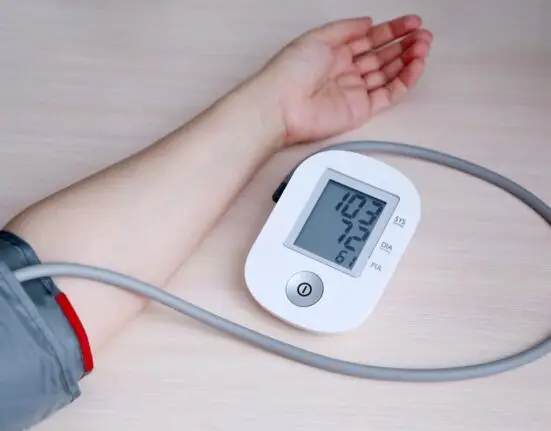Introduction
High cholesterol levels can lead to serious health issues, including cardiovascular disease, stroke, and peripheral artery disease. Cholesterol, a fatty substance found in the blood, can accumulate in the walls of arteries, causing them to narrow and obstruct blood flow. This article explores the adverse effects of cholesterol on various organs, how high cholesterol is diagnosed, and the steps to prevent damage to the heart and arteries.
1. What are the adverse effects of cholesterol clotting in blood vessels?
Narrowing of blood vessels and reduced blood circulation can have the following negative effects on various organs:
1.1 Brain
Blood can clot in the veins of the brain or bleed due to rupture of drains. This results in paralysis. Paralysis can be a life-threatening disease. The process of blood clotting, moving from heart to brain. It can also happen in drains. This can lead to symptoms of either paralysis or temporary fainting.
1.2 Heart:
- Narrowing of the arteries
- Heart pain (Angina)
- Heart Attack
There can be adverse effects like heart failure.
1.3 Legs:
In case of narrowing of the arteries of the legs, there may be severe pain in the legs, which is especially when walking. In case of blood clotting, the leg may become dysfunctional. And even the leg has to be amputated. Other arteries: Like the arteries of the heart, brain, and legs, the rest of the organs such as falls, intestines, and large arteries coming out of the heart also have the same process i.e. tightness and these organs are damaged due to decreased blood flow.
2. How is high cholesterol diagnosed?
The only way to know the amount of cholesterol in the blood is to test the blood. After starving for at least 12 hours, the blood sample is given for lipid profile in the laboratory. Total cholesterol, LDL cholesterol, HDL cholesterol, and triglycerides are measured in this blood sample. Damage to various organs due to cholesterol abuse can be assessed by testing these organs. ECG is done for the heart. The amount of urea in the blood is seen to know the action of the kidneys. etc. etc.
3. How can damage to the heart and arteries be avoided?
High cholesterol is a major cause of heart and arterial diseases. The first step is to detect it by getting a blood check for lipid profile. If this is high, the following steps can be taken. Diet should be chicken foods and foods that contain saturated fats, such as butter, upper, cheese, yolk, etc. Instead, vegetables, fruit, fish meat and olive oil should be used.
- Exercise: Cholesterol is reduced through dietary precautions and exercise.
- Obesity: Since obesity causes high cholesterol, it should be controlled. This can be overcome with the above steps.
- Cigarettes and tobacco: Reducing the use of cigarettes and tobacco helps to reduce LDL cholesterol in particular and increase HDL cholesterol.
- Alcohol: Excessive use of alcohol disrupts liver function. Increases blood pressure and increases cholesterol. Keep it on top of it.
- Cholesterol in the blood: Check the amount of cholesterol in the blood (in 3 to 6 months).
- Diabetes: In case of diabetes, not only sugar should be checked regularly but cholesterol should be checked. It is also important to have a check.
Conclusion:
High cholesterol poses significant risks to overall health, impacting vital organs and potentially leading to severe conditions like heart attacks, strokes, and peripheral artery disease. Early diagnosis through blood tests is crucial for managing cholesterol levels and preventing complications. By adopting a heart-healthy diet, exercising regularly, controlling obesity, avoiding tobacco and excessive alcohol, and monitoring cholesterol levels, individuals can effectively reduce the risk of cholesterol-related diseases and maintain better overall health.







Leave feedback about this